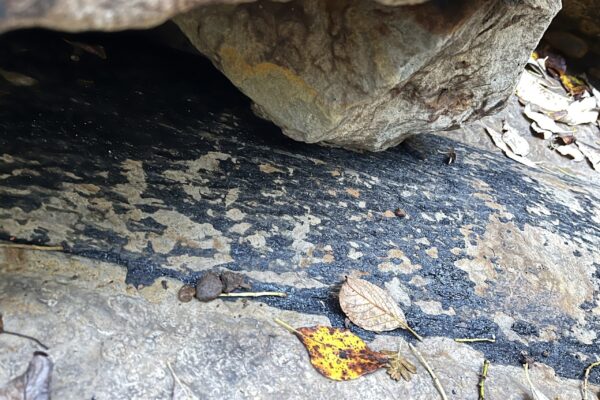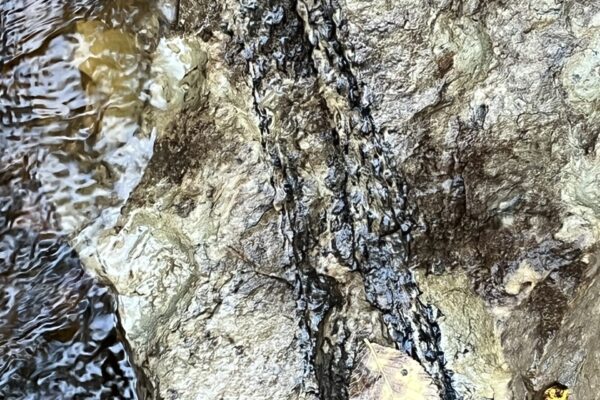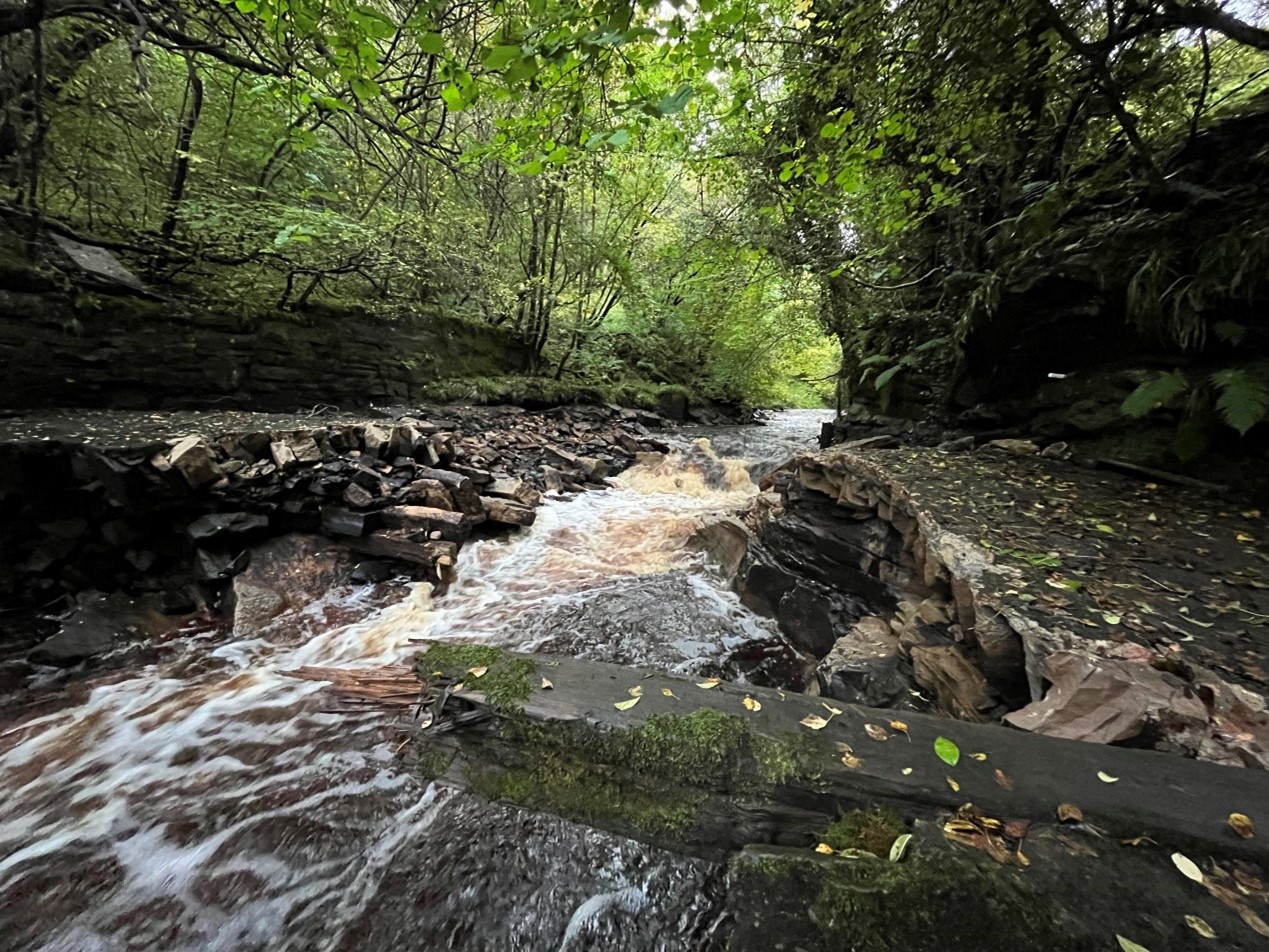Removal of Morton Quarry Weir by hand
The River Almond catchment area
The River Almond springs in the eastern flank of Cant Hills near Shotts in North Lanarkshire, Scotland, UK, runs through West Lothian, and flows into the sea at Cramond, Edinburgh (Figures 1-2). It is a 48 km river with a catchment size of 375 km2. Most of the catchment area is in West Lothian, which historically supported significant coal and oil shale industries. Historical and modern industry and industrial development have taken a toll on the catchment’s water quality, habitats and biodiversity.












